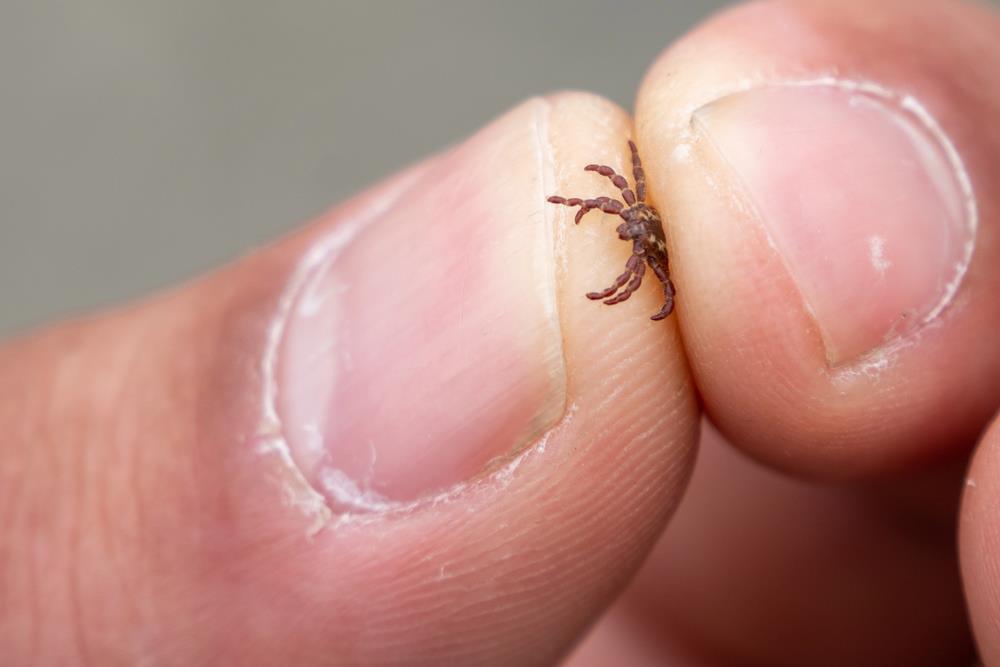Mutant tick found in Hungary: it may cause meningitis or even death

In recent years, numerous warnings have been issued regarding ticks, which not only cause discomfort with their bites but also pose a threat by spreading serious diseases. Mild winters and climate change have led to the emergence of new, previously unseen tick species in Hungary, posing significant health risks. Now, a mutant tick has been found in the country. Here is what you should know about it.
Hyalomma Tick: The fast and dangerous bloodsucker
Hyalomma ticks have become known in Hungary over the past few years. According to a report by Tények, these arthropods differ from traditional ticks in size and behavior. They are darker, up to two to three times larger, and move extremely quickly. Their greatest danger lies in potentially carrying Crimean-Congo hemorrhagic fever, which can cause severe, potentially fatal infections. The mild winter has facilitated the spread of these species, as the warmer weather allowed them to thrive more easily. Doctors diagnose around 1,500 Lyme disease cases annually in Hungary, but the new species may increase the risk of additional infections.

Albino Mutant Tick: the latest threat
Recently, attention has been drawn to another unique bloodsucking species: the albino tick. This previously unidentified species has appeared in Hungary, and experts believe it could cause meningitis or death. The albino tick was first found on a dog, but its exact classification is still pending. Identifying this species will take time, but we must prepare for ticks to attack with new tricks, new faces, and new abilities, said Zoltán Kapiller, a veterinarian and zoologist, in an interview with Tények. The expert noted that the consequences of such bites can be extremely severe. Infected individuals may experience skin hemorrhages, mucosal bleeding, and rapid blood pressure drops, which can ultimately lead to death. Experts are closely monitoring the spread and effects of this new species.
How to protect ourselves against these parasites?
Prevention is crucial for nature enthusiasts. The following steps can reduce the risk of tick bites:
- Use tick repellents: Sprays or creams can keep ticks away.
- Wear appropriate clothing: Long-sleeved clothing and closed shoes are recommended, especially in wooded areas.
- Regular checks: Thoroughly inspect your body and pets after outings.
- Proper removal: If you find a tick, use a specialized tool to remove it carefully; never use fingernails or tweezers, and avoid pulling it out forcefully.
The emergence of Hyalomma and albino ticks presents new challenges for both healthcare professionals and nature enthusiasts. However, proper awareness and caution can significantly reduce the risk of infections.
- The Hungarian version of the article can be read HERE.
Read also:


Too bad there are no photographs of the ticks. Maybe you can find some and update the article with them?
Two of my dogs became poorly at around the same time last week, we never thought it would be due to a tick as the are treated all the year round. We took the younger dog to the vet as he was getting lathargic and he was given two injections but was dead the following morning. We then rushed our other dog to a different vet and she was given an infusion, a blood test and an X-ray, she is now on the mend thanks to the vet who knew what he was doing. These ticks seem to be immune to the treatments like spot on.